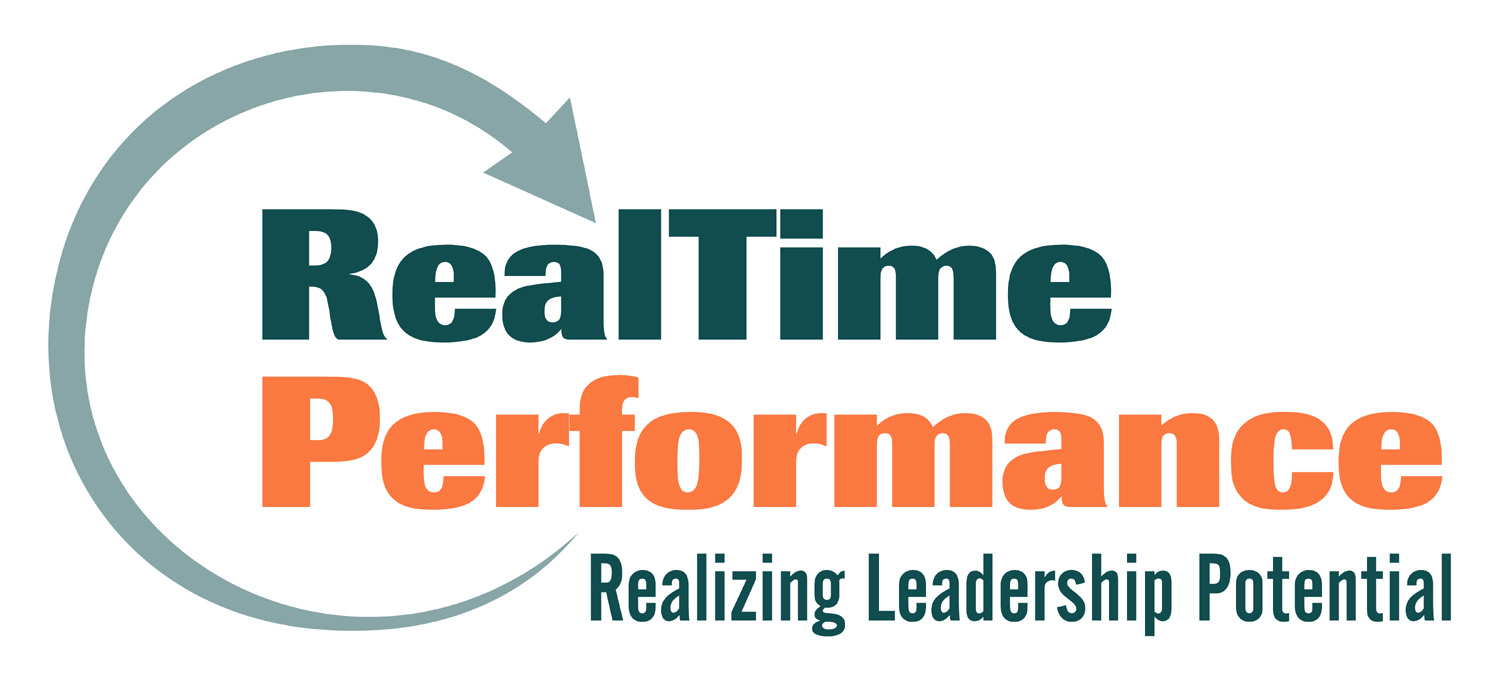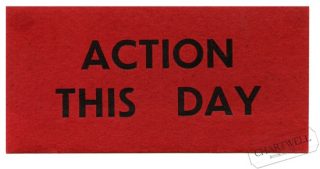Earlier this month, while catching a flight home to Seattle from New York City after a long week on the road meeting with clients, I made it to my seat, sat down and breathed a huge sigh of relief. For a moment, it was bliss. I knew in a few hours I would be home to see my family. But then the slow, creeping realization set in that my email in-box was overloaded with hundreds of emails I was unable to get to while on the road. Furthermore, I had five voicemails on my cell phone and probably more waiting for me on my office voicemail, which I had not yet checked that day. Although I was working hard all week, the work flowing through my inbox did not stop.
Just as the visions of un-read email set in, and the feeling of dread started to take over, I was greeted by the gentleman in the adjacent seat, who by good fortune was Paul Burton, an expert on time management and productivity. For the next five hours, Paul diligently and patiently coached me on his method for managing the flow of work that was beginning to overwhelm me. Together, we opened my Outlook and he began to change and configure my settings. The alert that went off every time an email arrived, gone. The preview pane that allowed me to read the first few lines of an email (and thereby saving me time?), gone. The “to-do” list scribbled with paper-and-pen in my notebook, gone and replaced by the Task feature in Outlook.
Next he took me to a view in Outlook that showed my calendar for Monday and all my tasks that were due. My schedule for Monday was ugly, back to back phone calls and meetings. Paul said, “You have train wreck coming on Monday and you didn’t even know it. But that’s okay, we’ll deal with it.”
As our plane made its way across the country, Paul and I went through my entire email in-box, quickly categorizing email in one of four categories; Trash, Archive, Reading and Work. The Trash and Archive items were promptly eliminated or filed away, while the Reading and Work where scheduled in the future using the built-in reminder system in Outlook (of which I was vaguely aware but completely intimidated by). The very last email in my in-box was from April, a request from a colleague about one of our products. Who knows what sales opportunity was lost or what credibility was eroded by my inability to reply to a simple request?
Paul’s method for time management is called QuiteSpacing, and it requires a fundamental shift in how we think about work. Whereas before, I was constantly writing and re-writing to-do lists, since implementing the QuiteSapcing techniques, I have effectively managed the flow of work as it streams in through email, voice mail and my physical in-box. Before I was managing my work like the old Ford production facilities, now I’m managing work-flow like the Lean Toyota Production system.
Once my inbox was cleared, I felt a sense of freedom and I was able to focus on the one or two very important work items I needed to complete before Monday. When I arrived home to my family, instead of thinking about the work that was piled up, I was able to focus my attention on my wife and kids and be fully present for them.
Since the arrival of the Internet in the early 1990s, the amount of information bombarding busy executives has steadily increased. Think about the distractions that hit us every day; email, voicemail, mobile phones, blackberrys, blogs, twitter, meetings and conference calls just to name a few. As this revolution in work management has been developing, unfortunately the tools, technologies and skills required to manage this information have simply not kept up. Overtime, we have developed habits, most of them bad, for how we deal with information.
The personal transformation I have gone through over the past few weeks has allowed me to look at the field of leadership development from a slightly different perspective. For example, how can we expect leaders to have the presence of mind and the clarity of focus required to truly coach and develop their direct reports if they are completely overwhelmed by electronic information and requests? In the past, the answer to this question was to send executives to “time management” training along with their soft skills training, but unfortunately, so much of what passes for time management training today is right out of the 1980s. We don’t need help with our file-o-fax, we need help with our in-box. Outlook has incredibly useful features for information management, but most of us are unaware or simply do not know how they work. The irony is, we think we’re too busy to take the time to learn and actually change our habits. What I have come to realize is; how leaders deal with electronic requests is integral to the competencies of delegation, feedback, performance management, execution, networking; really every aspect of leadership.
If we want our leaders to truly breakthrough the constant noise and distraction of modern business, and transform into true people-leaders, we need to quiet their space and give them the freedom to be themselves. And to effectively do that, they need to acquire the skills to efficiently manage the flow of electronic work and requests that define the modern office.



Just wanted to thank Sean for the nod on QuietSpacing(tm). I, too, believe that being a good leader in today’s frenetic, global working envrionments requires both new skills and new perspectives on how to get things done and achieve the organization’s vision. QuietSpacing(tm) is one tool in that shed, as is the work Sean and his company does to develop the talents of the organization’s people.
Yes, managers today need to go through a transformation in order to become leaders. It is our state of mind and not our skills, expertise, experience and knowledge that make us great leaders. Your story is that of millions of us who feel bogged down by the day to day or should I say, hour-to-hour commitments; personal as well as professional. Cheers.